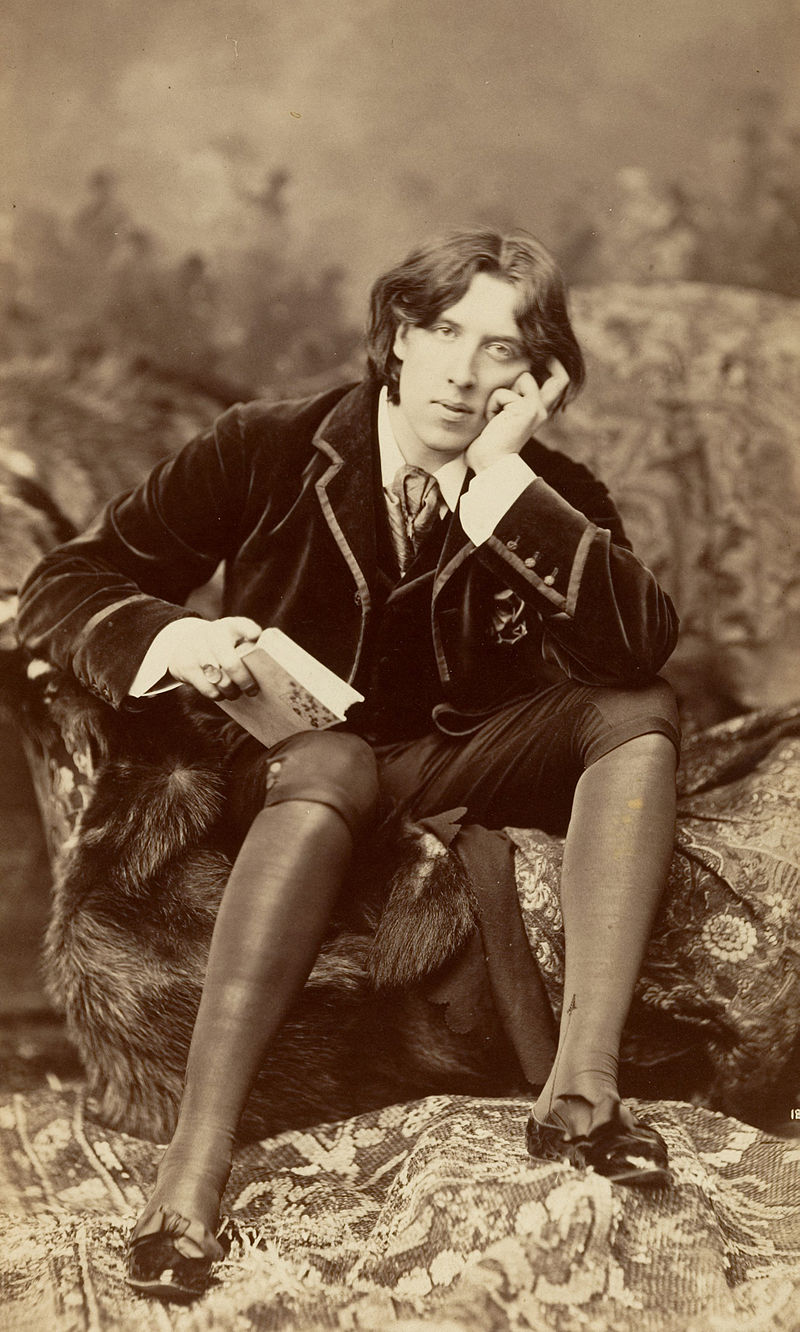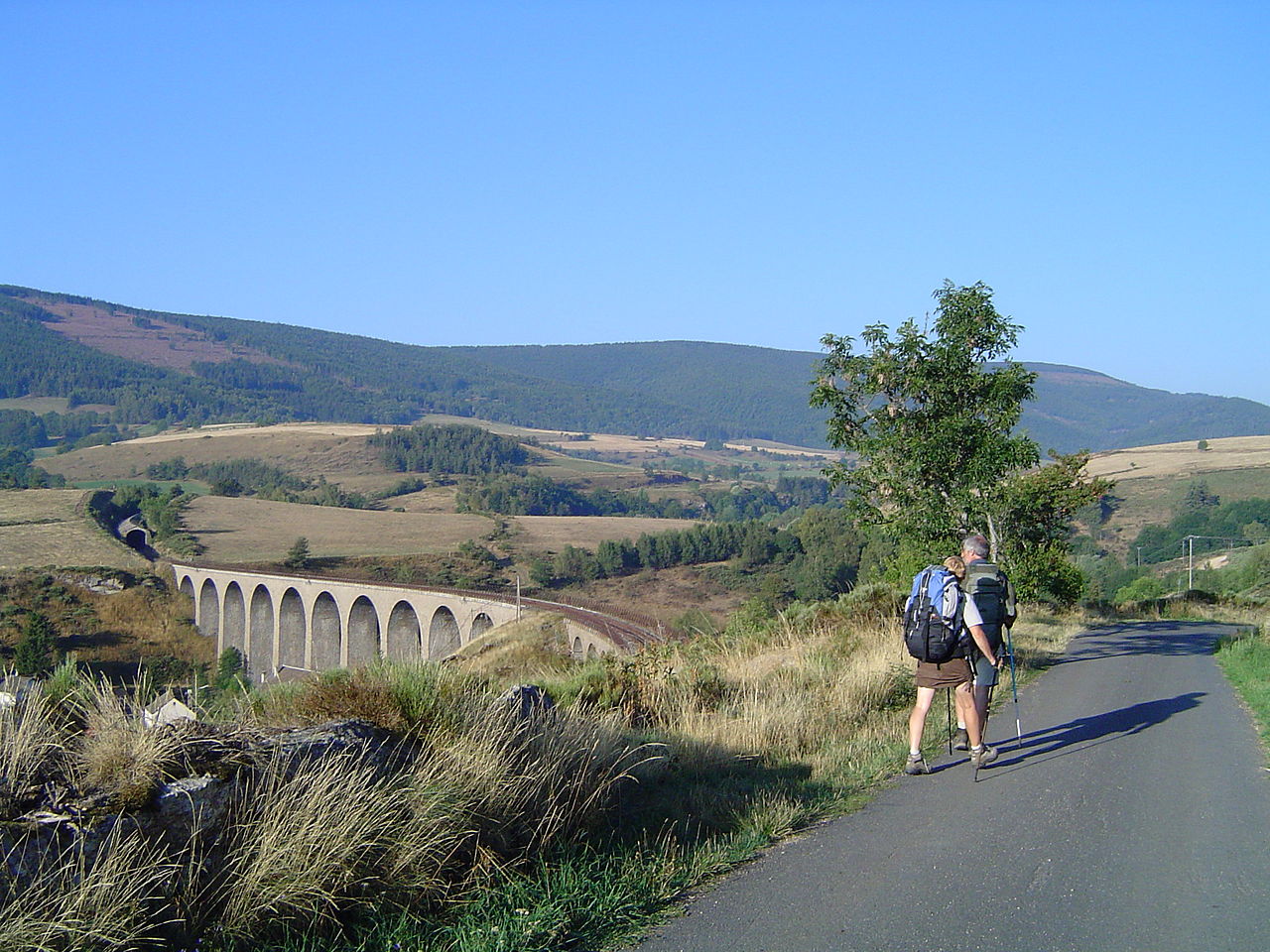* * * *

For more images of the “meanest 33 miles in history” – the 2016 Chilkoot Trail hike described in my “Adventures in Old Age” book – go to Chilkoot Trail – Image Results…
* * * *
(Blogger’s note from July 2025 – This 2023 Page goes back to some really older books. Ones I published under various pen names. Since then I’ve started reworking and republishing books under my own name, in what has turned out to be “one slow process at a time.” In the meantime the reader can go to the Kindle Book blurbs to get a Preview Of Coming Attractions...)
* * * *
August, 2023 – This September I’m flying to Paris. (For my third visit; the first two were in 1979 and 2021.) From there I’ll spend two days in Lyon, then meet up with my two hiking partners and start the Robert Louis Stevenson Trail. (See On visiting Paris and Lyon in 2023.) But before that I wanted to update this Page. Specifically, about books I published under various noms de plume, like various “Founding Fathers” did during the debate over the U.S. Constitution. (See List of pseudonyms used in the American Constitutional debates.)
For example, last October, 2022, I published On Mystic Christians: (You know, the REAL ones?) Before that I published (Some) Adventures in Old Age: Or, “How NICE it was to travel, before COVID,” in May 2021. (Including an account of the Chilkoot Trail hike in 2016.) Then in November 2021, Will I REALLY live to 120? With a telling subtitle, On Turning 70 in 2021 – and Still Thinking “The Best is Yet to Come.” About a bet a bet I made with myself.
The bet is that I might just live to 120, like Moses, with “eye undimmed and vigor unabated.” (Deuteronomy 34:7.) To support that bet I’m eating a lot healthier, and exercising like a banshee. That includes four 22-minute sessions a week of stair-stepping – wearing a 30-pound vest and 10 pounds of ankle weights. Then too, reliable estimates say there will be seven times as many people aged 100 or older. “And I plan to be one of them.”
So get in on the bet. Years from now you might look back and see just how this author stayed so fit, cheerful and young at heart. Or you might end up saying, “What a dumbass. He wasn’t even CLOSE!” Either way, it should be interesting.
Back to that Old-age book. The cover shows me in Jerusalem in May 2019, wearing a “shemagh,” also called a keffiyeh, I got it at Ranger Joe’s in Ft. Benning before leaving for Israel. (To “blend in.”) Wearing it over my black Atlanta United ball cap, thus “blending in” the best of the old and new. In my blurb for Kindle eBooks, I said the book should be timely – in the middle of Covid – because back then lots of people “can only dream about visiting such exotic locales in the future, when the crisis passes.” I compared it to the 1920s, when many Americans were fascinated by Hemingway books on France and Spain. (“The Sun Also Rises ” and “A Moveable Feast.”)
I’m guessing part of it was that back then most Americans could only DREAM of travel to such exotic places. (Like today with Covid…) Then too it may be because Hemingway gave all those exotic street names and local pubs and restaurants. Like my finding the “BEERBAZAAR,” in Jerusalem, in May 2019. Which makes me think I should have written down way more information when I was “over there.” Then I could do more what Hemingway did, vivid description. But I have something Hemingway didn’t have. GOOGLE MAPS!
Then too – aside from my May 2019 pilgrimage to Israel – the book includes chapters on hiking the Chilkoot Trail in 2016. (“Meanest 33 miles in history,” exemplified by the top photo.) Or hiking the Camino de Santiago, three times.* The first time was in 2017. I met my brother in Pamplona – home of Hemingway’s Café Iruna – and together we hiked (and biked) the 450 miles to Santiago de Compostela. (He flew into Paris and hiked over the Pyrenees, but the Chilkoot Trail had cured me of any such wishes to go hiking over mountains again so soon.)
Incidentally, the last two book-chapters are based on two posts I did in October 2020: That second post on the Portuguese Camino, and “Beer at the McDonald’s in Portugal!”
The upshot is that I wrote about a lot of great adventures, but now I still have more to write about. Plus those I did cover I didn’t do full justice to. (Which reminds me of the joke about the Southern lady talking to a Northern lady and ending a sentence with a preposition.*)
Bottom line: I hope to add posts and eBooks on even more oversea-travel adventures, including the 15-day, 150-mile hike on Stevenson Trail in France, known by the locals as the GR 70.
Stay tuned!!!
* * * *
* * * *
The upper image is courtesy of Chilkoot Trail – Image Results. See also Explore the Chilkoot Trail – Klondike Gold Rush. The lower image is courtesy of St George’s College Jerusalem – Image Results.
Re: “Like a banshee.” The link in the text is to Urban Dictionary: Snowing like a banshee, meaning “snowing really hard.” Which is what I meant” Exercising “really hard.” But see also World Wide Words: Like a banshee, for an extensive analysis of the expression, including the better-known “figurative expression to describe someone screaming or making a noise, usually in an excess of emotion.”
In 2015 I published The mysterious death of Ashley Wilkes. (Also known as Leslie Howard, of Gone with the Wind.)
Re: Hiking the Camino three times. I hiked part of the Camino a third time, as noted in posts including Back to Camino 2021 – Pamplona to Logrono, A post-trip post mortem for “Paris – 2021,” and Hiking over the Pyrenees, in 2021 – finally! In September 2021 I hiked over the Pyrenees Mountain paart of the Camino Frances I missed in 2017. That included the 170 miles or so from Saint-Jean-Pied-de-Port, over the Pyrenees Mountains, and through Pamplona and on to Burgos, a large city almost directly north of Madrid. (Where I caught a flight home without having to be COVID-quarantined for 14 days.) In 2022 we hiked the Way of St. Francis in Italy, see Some highlights – Way of St. Francis 2022. So this upcoming will be my fifth “Camino hike.” I define that as a hike where you don’t have to pack a tent, sleeping bag and other such items. Instead at the end of each day you look forward to a warm bed, hot shower and cold beer.
Re: “Joke about the Southern lady.” Or it could be a “snobbish English teacher.” See Ending a sentence with a preposition. : Jokes: “A snobbish English teacher was sitting in an Atlanta airport coffee shop waiting for her flight back to Connecticut, when a friendly Southern Belle sat down next to her. ‘Where y’all goin’ to?’ asked the Southern Belle. Turning her nose in the air, the snob replied ‘I don’t answer people who end their sentences with prepositions.’ The Southern Belle thought a moment, and tried again. ‘Where y’all goin’ to, BITCH?’” The way I heard was, “So where y’all from?” And the Southern lady eventually thinking a bit, then sayin, “Okay, so where y’all from, bitch?”
Re: GR 70. The lower image is courtesy of Wikipedia. The caption: “The GR70 approaching the Viaduc du Mirandol near Chasseradès.” The article noted that the Trail also goes by the name “Chemin de Stevenson.” It is a Grande Randonnée (long-distance footpath) that runs for approximately 140 miles “through the French departments of Haute-Loire, Lozère and Gard in a generally north–south direction from Le Monastier-sur-Gazeille to Saint-Jean-du-Gard. “It follows approximately the route taken by Robert Louis Stevenson in 1878, a journey described in his book Travels with a Donkey in the Cévennes.“
* * * *
And finally, for purposes of completeness, here’s more on other books:
In May 2012 I published “We need more Dead Skunks” (In the middle of the road). About the need for more moderation in public and political discourse. (I need to update that one.) In July 2012 I published Seminole Mascot: Osceola, the Seminole Tribe, and their celebration by Florida State University. (I went to law school there and have been a fan ever since.) And in October 2015 I published The mysterious death of Ashley Wilkes: And other tales from the “Georgia Wasp.” There are others but those are the highlights, for this blog.
And finally, some nuggets of wisdom from Oscar Wilde, a topic I covered in Oscar Wilde and “gross indecencies.” Which led me to revisit the old saying: “Imitation is the sincerest form of flattery.” For a different twist there’s this saying such imitation is “the sincerest form of flattery that mediocrity can pay to greatness.”
* * * *

* * * *
The image immediately above is courtesy of Oscar Wilde – Wikipedia.
See also Quote by Oscar Wilde: “Imitation is the sincerest form…” But finally, see also a separate “Goodreads” article, Quotes About Imitation (76 quotes) – Goodreads. The latter included the following pithy observations at odds with Wilde’s “acerbic and iconoclastic wit:”
“Through others we become ourselves.”
― Lev S. Vygotsky“Immature poets imitate; mature poets steal.”
― T.S. Eliot, The Sacred Wood“Imitation is not just the sincerest form of flattery – it’s the sincerest form of learning.”
― George Bernard Shawand finally, this:
“There is only one thing which is generally safe from plagiarism — self-denial.”
― G.K. Chesterton.
